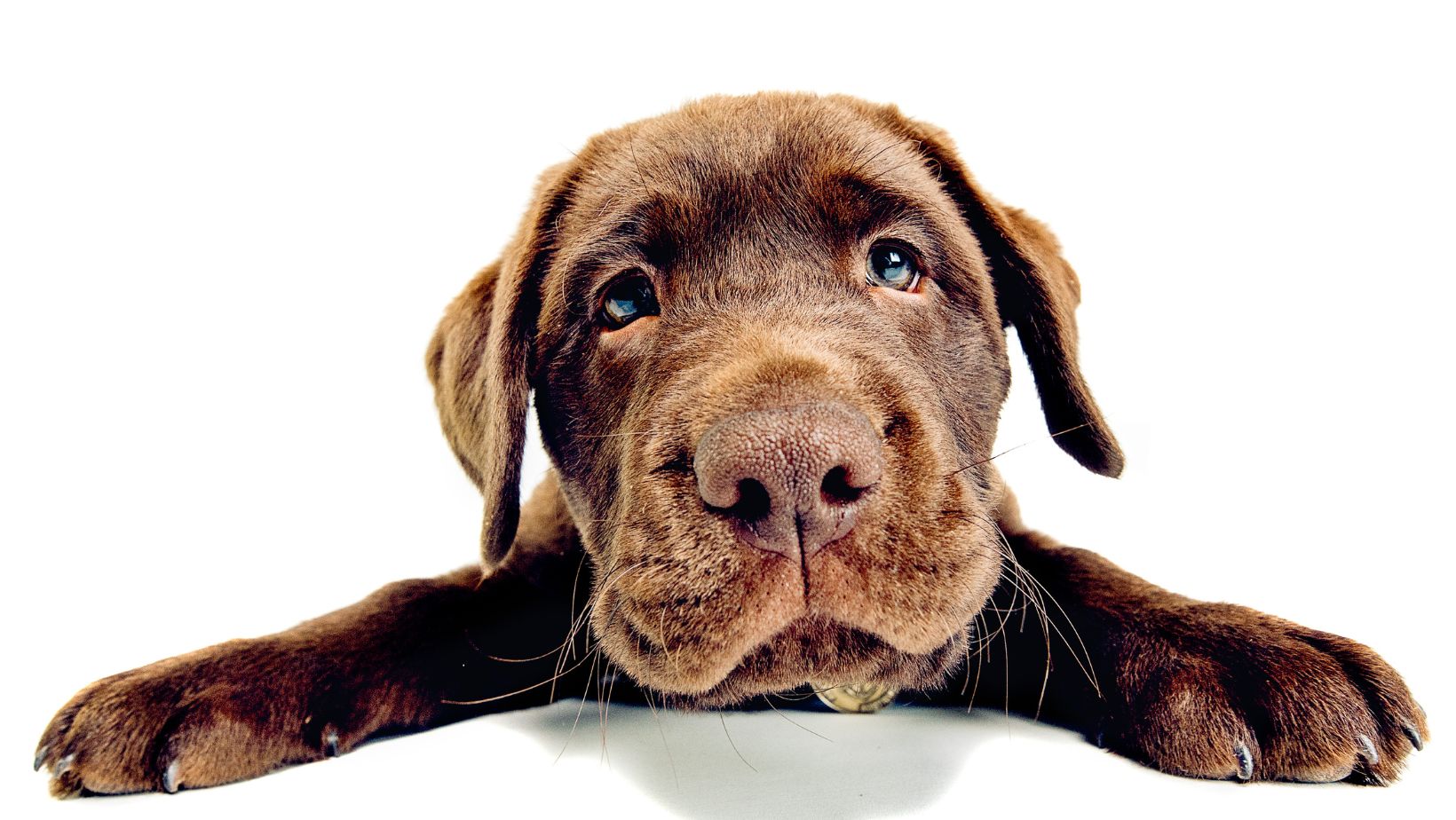Are you struggling with a mischievous Labrador puppy who just can’t resist chewing on everything in sight? Don’t worry, I’ve got some tips to help you put an end to this frustrating behavior. Getting a puppy to stop chewing on things requires patience and consistency, but with the right approach, you’ll be able to redirect their attention and save your belongings from destruction.
How to Get a Puppy to Stop Chewing on Things
Puppies, especially Labrador Retrievers, have a natural instinct to explore the world around them through their mouths. Chewing is a common behavior in puppies and serves several purposes. As an expert in puppy training, I’ll help you understand why puppies chew and provide some tips on how to redirect this behavior.
- Teething: Just like human babies, puppies go through a teething phase where their baby teeth are replaced by adult teeth. This process can be uncomfortable for them, leading them to chew on objects to alleviate the pain and pressure on their gums. Providing appropriate chew toys specifically designed for teething can help soothe their discomfort.
- Exploration and play: Puppies use their mouths as a way to investigate the world around them. Chewing allows them to learn about different textures, tastes, and smells. It’s important to provide plenty of interactive toys that engage their senses and keep them mentally stimulated. This not only satisfies their need for exploration but also helps divert their attention from destructive chewing behaviors.
- Boredom or anxiety: Puppies may resort to chewing when they’re bored or feeling anxious or stressed. They find comfort in chewing as it releases endorphins that help calm them down. Ensuring your puppy gets enough physical exercise and mental stimulation can significantly reduce boredom-related chewing incidents.
Understanding why puppies chew is the first step towards addressing this behavior. By providing appropriate chew toys, ensuring mental and physical stimulation, setting clear boundaries, and redirecting their attention, you can help your Labrador puppy develop healthier chewing habits. Remember to be patient and consistent in your training approach, as it may take some time for your furry friend to learn what’s acceptable to chew on.

Creating a Safe Environment for Your Labrador Puppy
When bringing a new Labrador puppy into your home, it’s important to create a safe environment that helps prevent them from chewing on things they shouldn’t. Puppies explore the world through their mouths, and while it’s natural behavior, it can be frustrating and potentially dangerous if they chew on items like electrical cords or toxic substances. Here are some key steps to take in order to create a safe space for your furry friend:
- Puppy-proof the area: Just like baby-proofing a house, you’ll need to remove any potential hazards from your puppy’s reach. Start by getting down on their level and inspecting the surroundings from their perspective. Secure loose wires, keep household chemicals locked away, and store valuable or fragile items out of reach.
- Provide appropriate chew toys: Give your Labrador puppy plenty of suitable chew toys to redirect their chewing instincts. Opt for toys made specifically for puppies, as they are designed with softer materials that are gentle on their developing teeth and gums. Rotate the toys regularly to keep them interesting and engaging.
When it comes to getting a puppy to stop chewing on things, one of the most effective strategies is to provide them with appropriate chewing alternatives. Labrador puppies, known for their curious and playful nature, have a natural instinct to explore the world with their mouths. By offering them suitable items to chew on, you can redirect their chewing behavior away from your valuables and onto more appropriate objects.
Remember, patience and consistency are key when teaching your puppy to stop chewing on things they shouldn’t. By providing them with appropriate chewing alternatives and reinforcing positive behavior, you’ll help set them up for success in learning what is suitable for their teething needs.